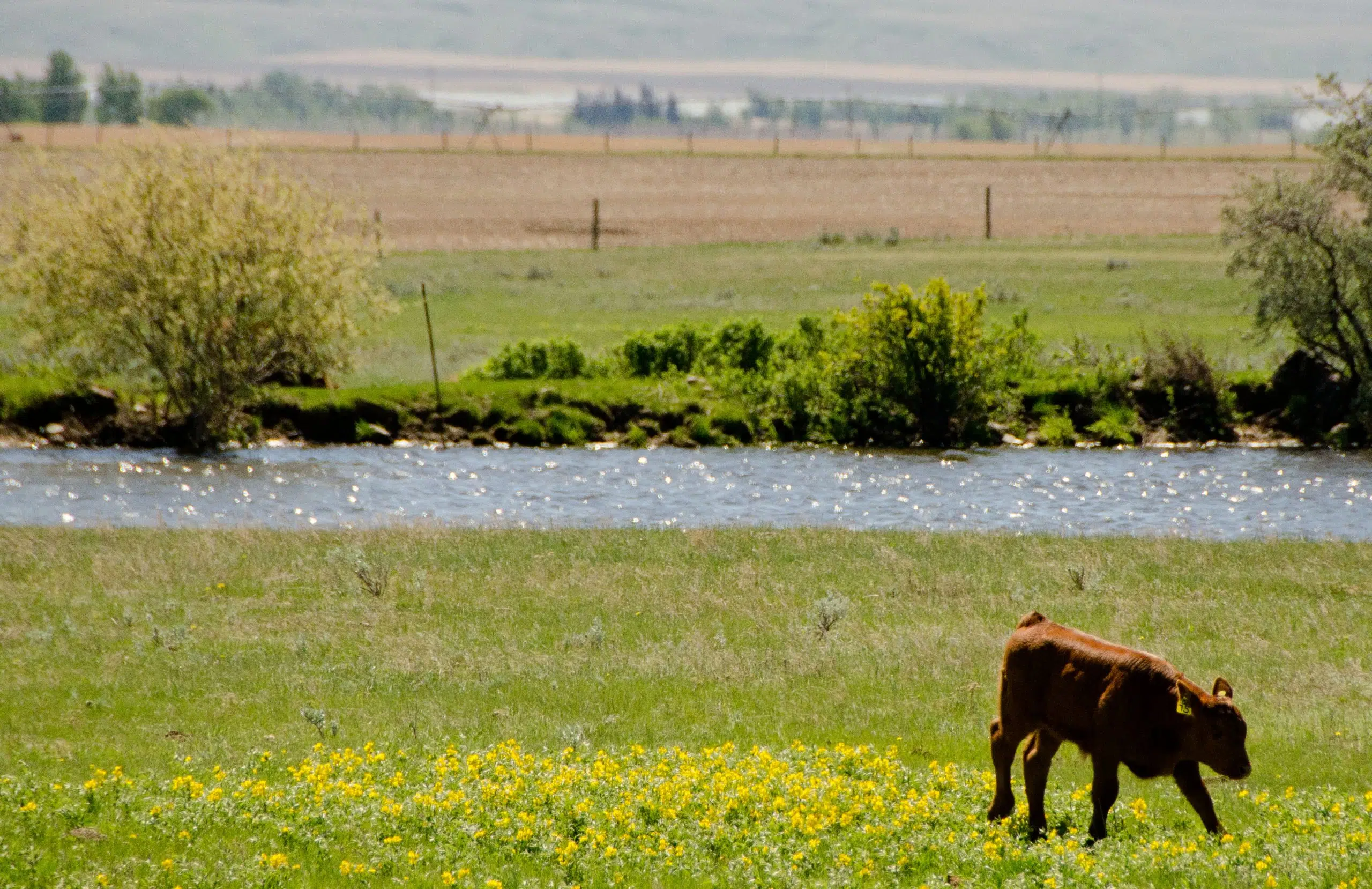
CFIA to focus on trace-in herds in bovine tuberculosis investigation
MEDICINE HAT, AB — The Canadian Food Inspection Agency is shifting its focus in the ongoing investigation into bovine tuberculosis in Alberta.
“We’re moving into our third phase, which is known as the trace-in phase, and that’s where might the disease have come from,” said Dr. Rick James-Davies, the lead bovine tuberculosis inspector with the CFIA, over the phone from Winnipeg.
Trace-in herds are groups of animals introduced to the infected herd in the last five years.
The infected herd, located near Jenner, has been depopulated, along with the highest risk herds which co-mingled with the infected herd. Approximately 11,500 animals were destroyed during the outbreak, which began in September 2016. The quarantines on many of the herds have been lifted.
